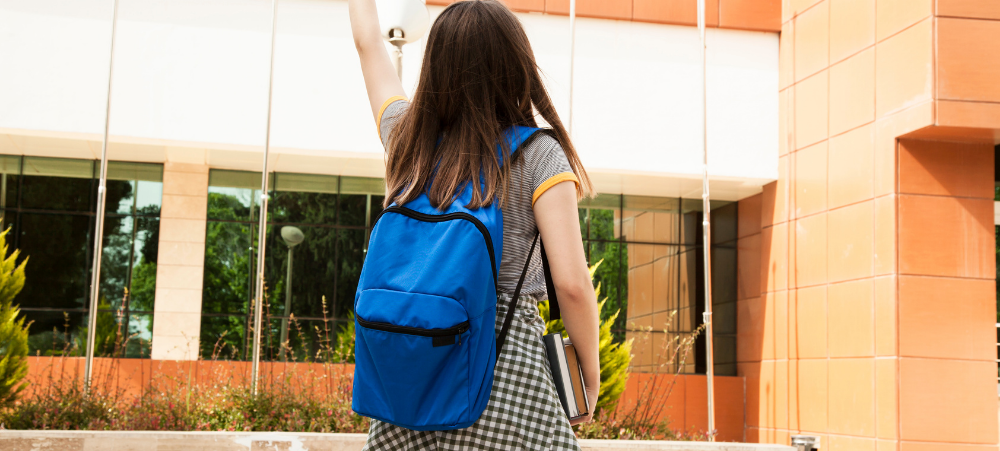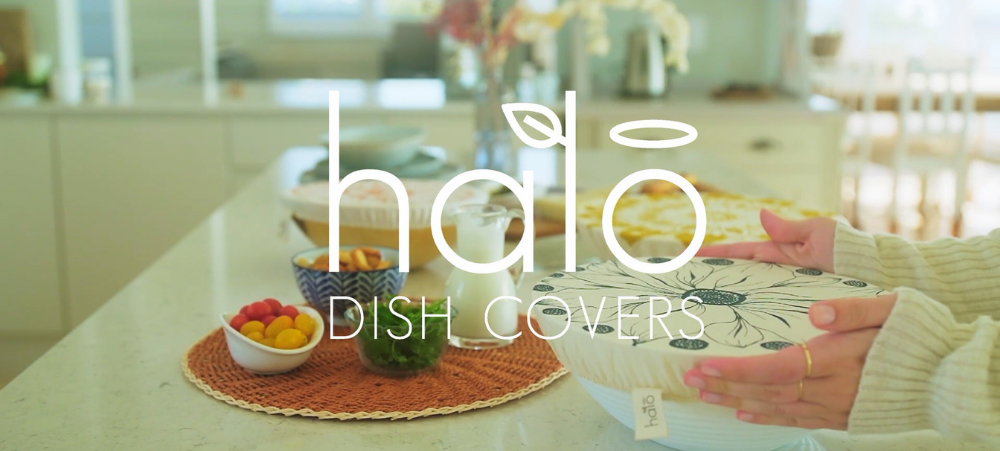The new school year is an exciting time – new experiences, new learning, and new friends. Yet, for a child with ADHD, it typically spells academic pressure and school stress. Nicole Jennings, spokesperson for Pharma Dynamics says the transition back to school can be fraught with anxiety, for both children and parents. “If your child is at school full-time, on the hybrid model or doing online schooling exclusively, structure, routine and predictability is key to making the transition back to school as smooth as possible.” Here she cites essential tips to get the school year off to a flying start: Resume or review medication. Some children go on a medication vacation over the holidays or they adjust their dosage. Therefore, ensure that your child’s medication is resumed, readjusted or reviewed for the school year. Collaborate with the teacher. Meet your child’s teacher as soon as you can to discuss your child’s needs, and any challenges that they may have experienced last year. Help your child get organised. With impaired executive function and poor time management, prioritise getting your child organised. For younger kids, this can be in the form of a visible calendar where they can see their schedule for the day and week. For your older child or teen, develop an organisational system together; set up binders, folders and diaries before school starts. If your child forgets the steps for getting ready in the morning, for example, put up visual prompts to jog their memory. Work out a method with your child for checking homework completion, e.g. sitting down to tell you about the homework and to show you when it’s completed or listing homework tasks on a whiteboard and marking them off when they have been done. If your child finds assignments daunting, break it down into smaller, more manageable chunks, and work out a plan of action with them. Then, let them diarise the dates for delivery. 4.Organise your home environment. Set up a study area and an organisational system to make your home conducive for studying. Keep their school bag and stationery supplies in a set place. Let them lay out their school and sports uniforms before going to bed, for example. 5.Settle your child into their weekday morning and bedtime routine. Children with ADHD generally struggle with falling asleep and waking up early, so make sure they get enough sleep. As the school year progresses, let them review their work before bedtime as this technique helps with processing and retaining information. 6.Plan your child’s extra mural activities. Understand your child’s interests and hobbies and encourage extramural activities that will boost their confidence and give them an opportunity to excel. Regular exercise is particularly important for your child, considering its role in managing ADHD symptoms, so either include sport as part of extra mural activities or schedule time for your child (and yourself) to exercise on a regular basis. 7. Start developing your child’s metacognition. Metacognition, defined as “thinking about your thinking,” is an important tool for developing self-awareness and self-regulation around one’s cognitive ability. With metacognitive practices, you become aware of your strengths and weaknesses. As a learner; you recognise your knowledge and abilities; you know what your weaknesses are, and adapt your learning strategies and resources accordingly. This is an excellent tool for ADHD-diagnosed children, of all ages, and parents can guide their children in developing these practises. Here are a few points to start the coaching process: 8.1. Ask open-ended, process-oriented questions about their thinking process, such as: What are you thinking? Why did you do it that way? Why did you react the way you did? How could you handle that differently? How do you intend to study? How do you know when this (task) is finished? 8.2. Have conversations with your child about learning, strategies and resources they intend to use, and how to determine what’s working well or not. 8.3. Model the practise to your child by explaining to them how you monitor your learning, how you adjusted your thought processes, and what the outcome was as a result. 9. Build confidence and morale. School is challenging for the ADHD- diagnosed child and their self-esteem will take a knock. Parents and caregivers can also be very critical at times and point out weaknesses. Remember to focus on your child’s strengths, and use positive reinforcement tools to build their self-esteem. 10.Create calm and connection. A child’s development is significantly impacted by their parents’ stress levels. While parenting an ADHD child is stressful, it’s important that you don’t transfer your own stress onto your child. Creating low stress environment by practising self-control during stressful situations will give your child the security they need to thrive. As a trusted provider of central nervous system medication and understanding the difficulty parents face when raising children with ADHD, Pharma Dynamics has partnered with leading health tech company, Augmental Technologies, to launch an innovative app, geared at empowering parents. “The Tracto app allows parents to invite teachers, healthcare professionals and other caregivers of a child’s care team to monitor symptoms and side-effects collaboratively, stay on track by setting reminders for medication, activities and assessments and to keep a digital history of their child’s care journey and response to different stimuli. “Beyond medication and behavioural therapy, a well-coordinated care team is at the heart of an effective treatment plan for children with ADHD,” says Jennings. Pharma Dynamics’ Tracto app can be accessed via either Google or Apple app stores or downloaded here.



































